Day 8 of Noirvember: Ethel Whitehead and Lorna Hansen Forbes in The Damned Don’t Cry (1950)
Today’s Noirvember post shines the spotlight on one of my favorite Joan Crawford characters (and that’s saying something!): Ethel Whitehead – also known as Lorna Hansen Forbes – in The Damned Don’t Cry (1950).
WHAT’S THE DAMNED DON’T CRY ABOUT?
When unhappily married housewife Ethel Whitehead (Crawford) suffers an unspeakable tragedy, she leaves her old life behind, seeking to find a better one in the big city. She gets more than she bargained for when she transforms into socialite Lorna Hansen Forbes and becomes involved with a refined but ruthless gangster (David Brian) and his chief rival (Steve Cochran).
INTRODUCING ETHEL WHITEHEAD/LORNA HANSEN FORBES:
We first meet Ethel when she shows up at the door of her parents, in the small town where she grew up. Now known as Lorna Hansen Forbes, she’s obviously changed from the last time her parents saw her, as she has to tell her father, “It’s me – Ethel.” She’s clad in a voluminous fur coat and a fashionable, tailored black dress, her hair and make-up are impeccable, and she’s sporting a huge rock on one finger that could knock your eye out. She’s fearful and on the verge of tears, and she anxiously asks her mother if anyone has been looking for her. We don’t know much else about her, but when she goes into her old bedroom and gazes at an old family photo, we enter a flashback that tells us everything we need to know. And this is where we meet the “real” Ethel. The one with the world-weary face, who can’t afford to buy her young son the bike he covets. The one who’s married to a short-sighted asshat, and lives in her childhood home with her husband and son, her sweet but ineffectual mother and her judgmental father. This Ethel is a far cry from the one introduced to us earlier. And we soon find out how Ethel becomes Lorna – and what happens to them both.
WHY DID I PICK ETHEL?
I love this character – she’s so multifaceted. Downtrodden, fearless, naïve, sassy, smart, hard-boiled, courageous, sexy and shrewd. She’s completely different women in different parts of the movie – and each of them is fascinating to watch. She’s the kind of woman who gains your sympathy and invites your understanding from the first time you see her; when she shows up at her parents’ door, you want to usher her inside and give her a hot cup of tea. When we see Ethel in the bike shop with her son, we know she wants to give him the world and we feel her pain. At each stage of Ethel’s growth and transformation, we’re right there with her – even when she makes decisions that we’d advise against.
FROM THE MOUTH OF ETHEL:
“Don’t talk to me about self-respect. Self-respect is something you tell yourself you’ve got when you’ve got nothing else. . . . The only thing that counts is that stuff you take to the bank – that filthy buck that everybody sneers at but slugs to get.”
PLAYED BY JOAN CRAWFORD:
Joan Crawford was born Lucille Fay LeSueur in San Antonio, Texas, on March 23rd – sources alternatively report the year of her birth as 1904, 1906 and 1908. (The actual year may never be known.) Her father abandoned the family, and when her mother got married to a vaudeville theater manager named Henry Cassin, Lucille adopted the name Billie Cassin. Unfortunately, her stepfather didn’t stick around either. By now, Billie, her younger brother, and her mother were living in a cheap motel Kansas City, Kansas, and Billie was waiting on tables in exchange for the tuition at St. Agnes Academy. After a short time at Stephens College in Columbia, Missouri, and briefly working as a salesgirl in local department stores, Billie determined to seek a dancing career. She landed a short-lived chorus job, then spent the next several years working in shows in Chicago, Detroit, and New York, where she got her big break. Spotted in the chorus of the show Innocent Eyes by MGM producer Harry Rapf, she was invited to take a screen test, resulting in a five-year contract. Her first work before the camera was as a double for Norma Shearer in the silent film Lady of the Night (1925). Later that year, she was christened Joan Crawford, the result of a contest in Movie Weekly magazine that invited readers to select a new moniker for the up-and-coming actress. (Can you imagine something like this happening today?) Within three years, Crawford was a star. After an unceremonious departure from MGM in the early 1940s, Crawford signed with Warner Bros. and entered the realm of film noir with an Oscar-winning performance in Mildred Pierce (1945). Click here for more on The Damned Don’t Cry and here for more on Mildred Pierce.
And join me in the shadows tomorrow for Day 9 of Noirvember!





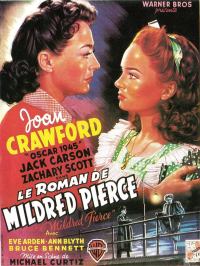




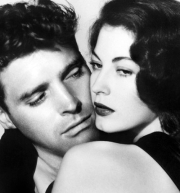




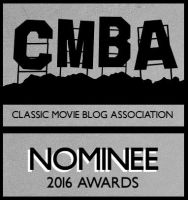








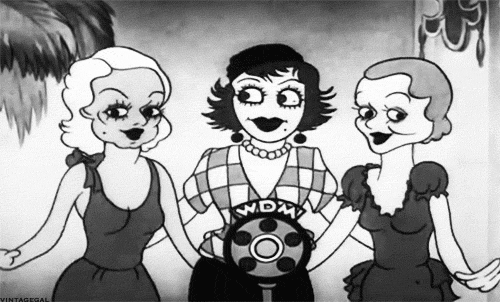
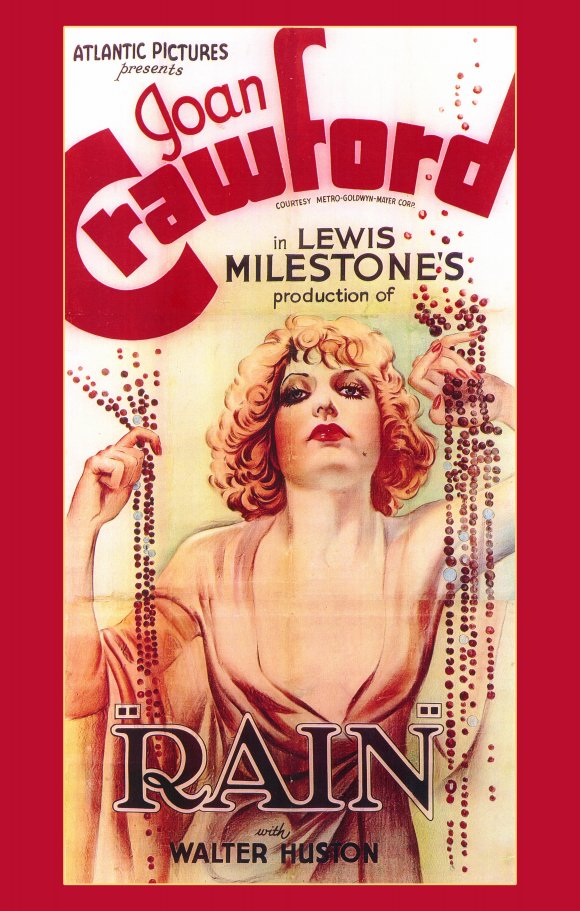

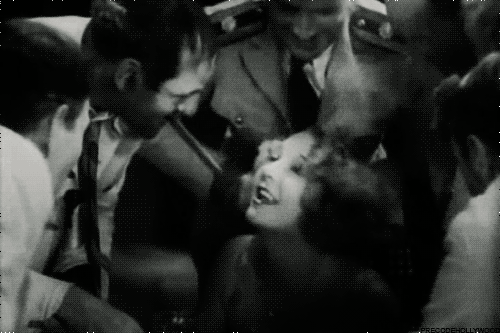
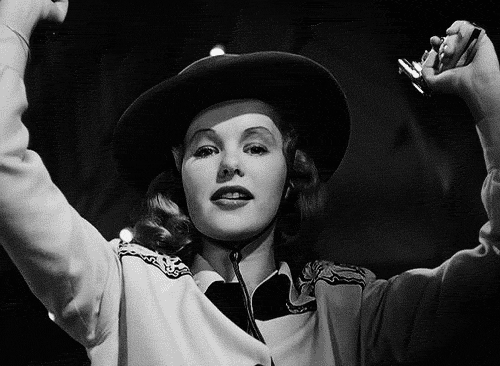

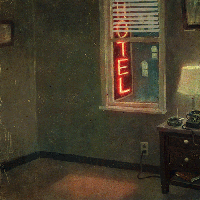
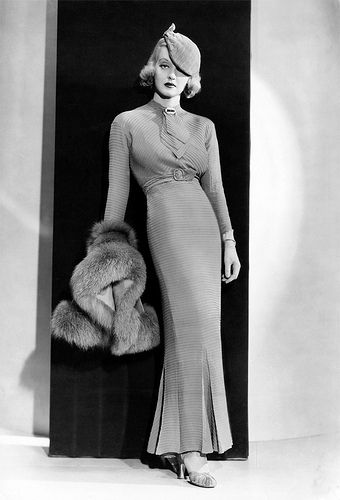


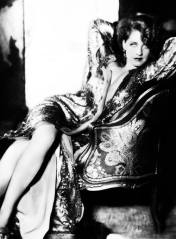
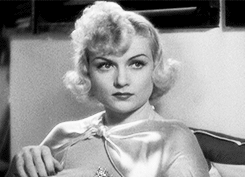




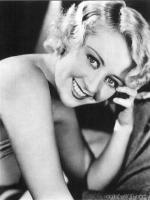
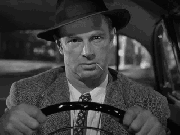
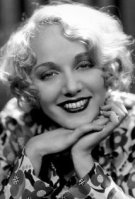
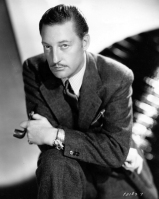
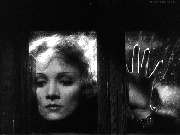


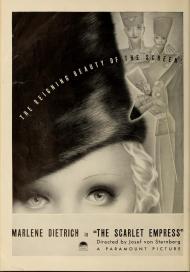
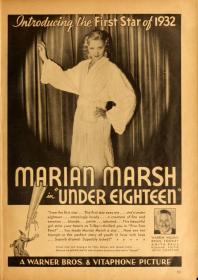
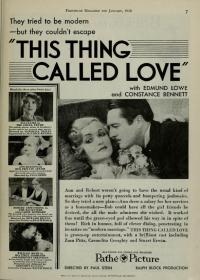


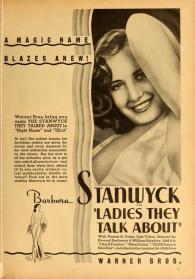


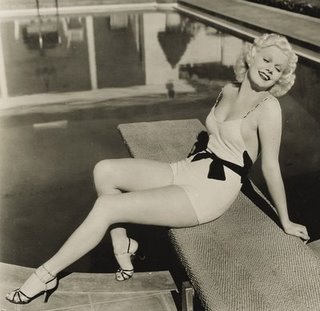




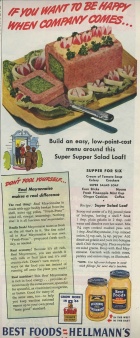
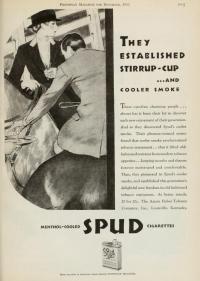

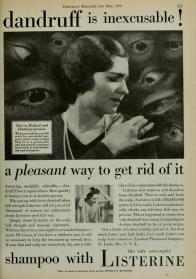
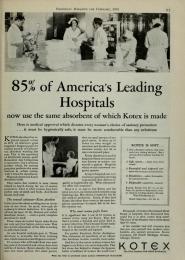
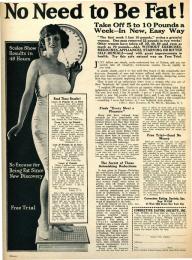


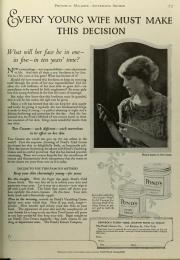
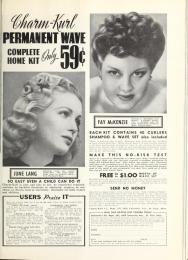
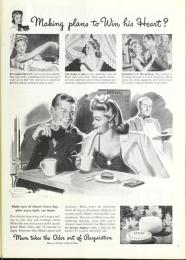


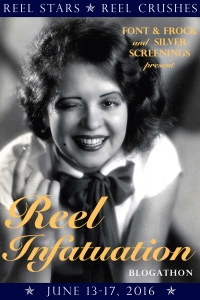

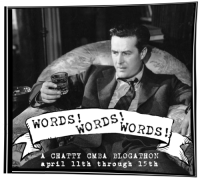

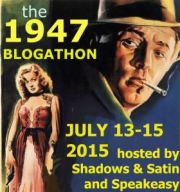
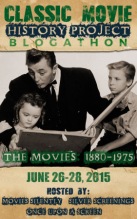

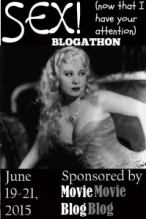

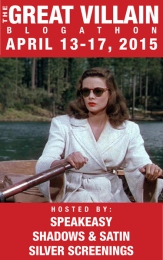

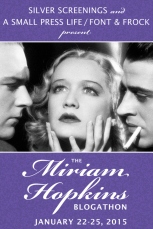
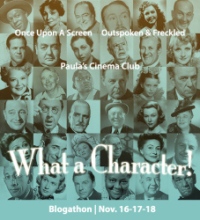
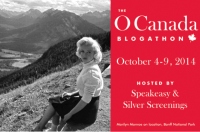



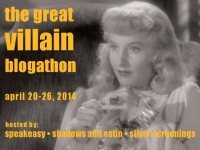
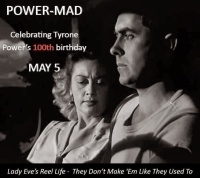


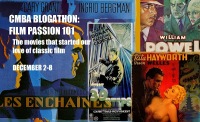
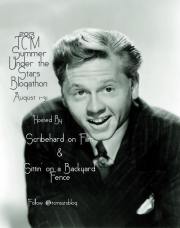
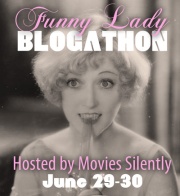




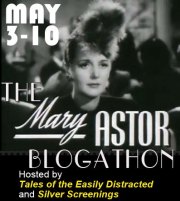


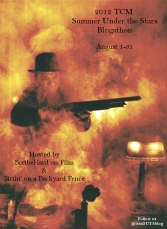


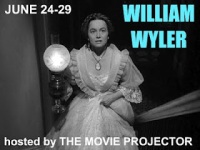

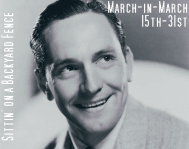
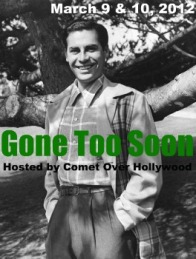


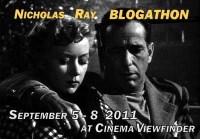

Joan is everything in this movie. Well, Joan and that Palm Springs location.
Isn’t she just? I think she really demonstrates her acting versatility here.
I have become such a big Crawford fan over the years. She was really on a roll from the mid-40s to the mid-50s (well, she was before too). The Damned is a great lurid melodrama/Noir.
I love that self-respect quote (it’s spot on) and the film poster must be one of my favorites.
I have, too, Margot. I’ve been aware of her since I was in elementary school, and she’s totally one of my top favorite actresses. I love that poster, too! And that quote, as well as several others she has, is so great.
‘Lorna Hansen Forbes’ is the ultimate society name! It should always be followed by ‘…of New York and Palm Beach’.
For sure! (And, incidentally, this movie is totally making me move “Visit Palms Springs” up on my to-do list!)
Can’t believe I haven’t yet seen this one. It sounds like it was written for Joan C!
You simply must check it out, Ruth!